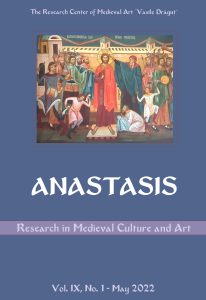Fear and Transgression in the Imaginary of Hieronymus Bosch and Francisco Goya
Fear and Transgression in the Imaginary of Hieronymus Bosch and Francisco Goya
Author(s): Radu CarnariuSubject(s): Visual Arts, 15th Century, 16th Century, 18th Century, 19th Century, History of Art
Published by: Editura ARTES
Keywords: imaginary; fantastic art; unconscious; phantasm; introspection; transgression;
Summary/Abstract: This research prospects the fantastic imaginary of Hieronymus Bosch and Francisco Goya from the perspective of two fundamental characteristics common to the two artists: fear, with its influence on the production of phantasms, beyond historical and iconographic frameworks specific to their times, and transgression, which determines psychologically the typology of the artistic approach, the special phenomenology of the creative labor from the “forbidden imaginary” (Freud) and the “creative surprise” (Anzieu) to the aesthetic sublimation of various “clandestine delights” (Huyghe). In the case of Hieronymus Bosch, the fantastic imaginary is provoked by the fear of damnation, from the visionary interstices of which the clandestine delights of a guilty duality erupt to the surface of the image. In the case of Francisco Goya, the fantastic imaginary is determined almost obsessively by the fear of human bestiality, whose best avatar is Saturn devouring his sons, the sinister keystone of the famous Casa del Sordo. The research connects several theoretical, historical and psychoanalytic perspectives, based on notable studies on the artistic particularities of the two visionaries, following, especially, the impact over time on romanticism, expressionism or surrealism.
Journal: Anastasis Research in Medieval Culture and Art
- Issue Year: IX/2022
- Issue No: 1
- Page Range: 139-148
- Page Count: 10
- Language: English

